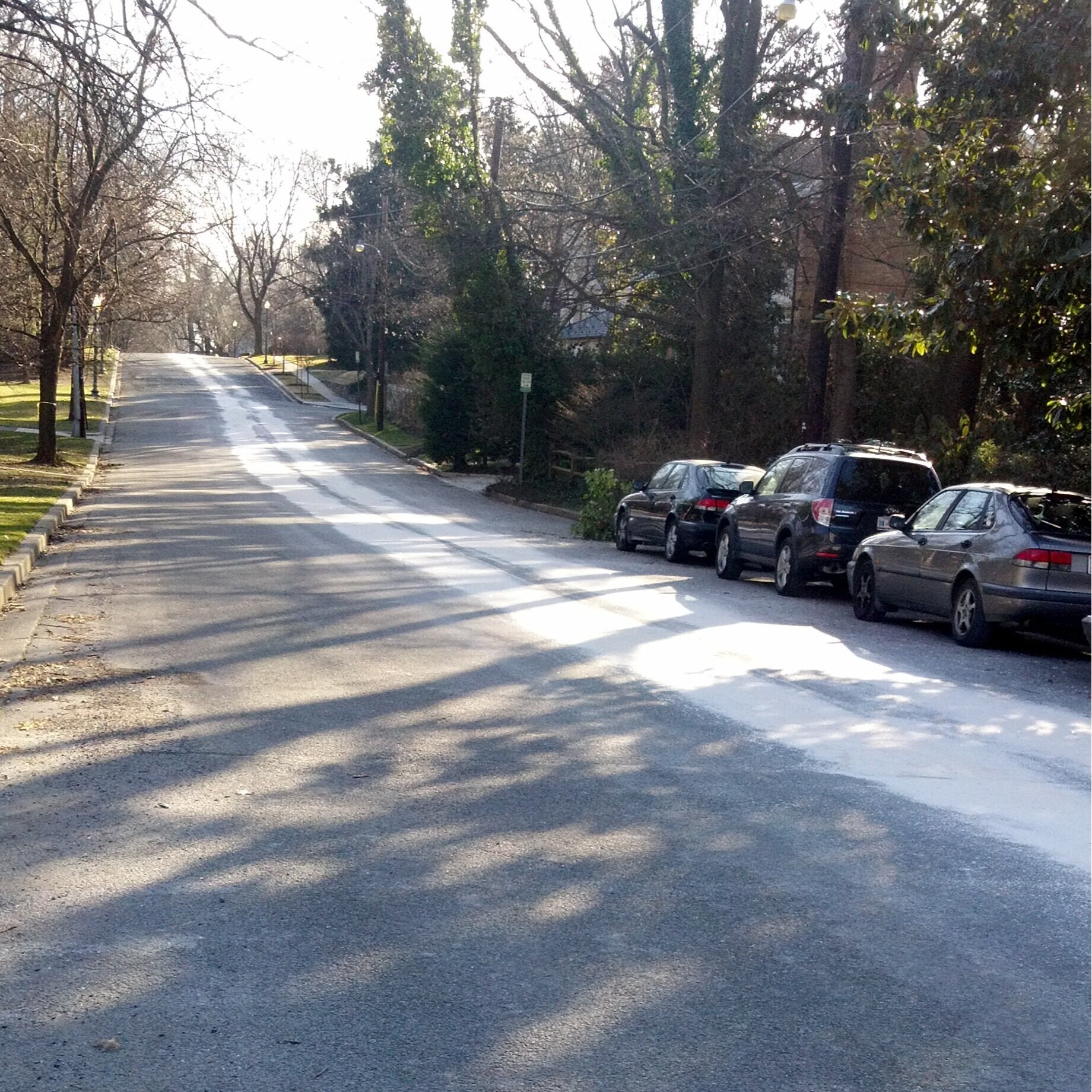A new study from the Smithsonian Conservation Biology Institute has linked the decline in backyard birds with the abundance of non-native plants. Song birds depend on insects to feed their young and insects need native hosts for their caterpillars. Just like the monarch butterfly needs milkweed, all native insects have a native host plant.
The study was conducted in the Washington DC area and focused on Carolina chickadees which depend on caterpillars to feed their nestlings. The authors found a significant decline in the population in yards that were predominately landscaped with non-native flowers and shrubs. The only yards that were able to produce enough chickadees to sustain a stable population were those with a plant composition made up of more than 70 percent of native plants.
We know that there is a decline in native song birds when invasives take over the parks, but this is the first study that directly links the decline to non-native landscaping.
Take away - plant natives! Montgomery County has a program that will pay you to do conservation landscaping. Check out RainScapes.org for more information.
*******************************
Press Release:
New Smithsonian Study Links Declines in Suburban Backyard Birds to Presence of Non-native Plants
http://www.pnas.org/content/early/2018/10/16/1809259115
Findings Give Landowners a Simple Roadmap To Provide Essential Habitat for Breeding Birds
Insect-eating birds that depend on the availability of high-calorie, high-protein cuisine—namely caterpillars and spiders—during the breeding season to feed their young are finding the menu severely lacking in backyards landscaped with even a small proportion of non-native plants, according to a new study from the Smithsonian Conservation Biology Institute. This reduction of food availability has led to a decline in the breeding success and population growth of the Carolina chickadee, the study found.
“Landowners are using nonnative plants in their yards because they’re pretty and exotic, they’re easy to maintain, and they tend to have fewer pests on them,” said Desirée Narango, a graduate student researcher at the Smithsonian Conservation Biology Institute and first author of the study published October 22 in PNAS. “But it turns out that a lot of those insects they see as pests are actually critical food resources for our breeding birds. For landowners who want to make a difference, our study shows that a simple change they make in their yards can be profoundly helpful for bird conservation.”
The study is the first to directly link the decline of a common resident bird species to the lack of insect prey that results from the use of nonnative plants in landscaping. Narango and colleagues placed nest boxes in more than 160 yards in the Washington, D.C., metropolitan area and collected data from homeowners monitoring the nest boxes weekly for Carolina chickadee nests, eggs and nestlings. In those same yards, they also studied adult and juvenile survival by gathering data from the homeowners on individually marked birds they had resighted.
The researchers found that the only yards that were able to produce enough chickadees to sustain a stable population were those with a plant composition made up of more than 70 percent of native plants. Because more than 90 percent of herbivorous insects will only eat one or a few native plants, the use of these plants in landscaping is essential to ensure breeding birds have enough insect prey to eat. For the same reason, native plants are also likely critical for other resident birds, endangered species and migratory species—and not just in backyards on the East Coast.
“These novel, artificial suburban landscapes are found across the country,” Narango said. “But a gingko that you plant in D.C. and a gingko that you plant in L.A. are doing the same thing for bird conservation—nothing. By using native plants, we can provide food for not only our common North American species, but we’re also providing vital stopover habitat and resources for migratory birds during their perilous journeys.”
Because more than 80 percent of land in the contiguous United States is privately managed, conservationists are trying to get a handle on the ways these human-dominated landscapes threaten wildlife—and how they can be managed in a way that can help. The study’s authors will continue to guide landowners in their landscaping decisions by next looking at whether some native plant species are disproportionately important for supporting insect prey to breeding birds.
This study was conducted in partnership with the University of Delaware and funded by the National Science Foundation. It relied on data collected by landowners participating in the Smithsonian’s Neighborhood Nestwatch program, a citizen-science program that engages communities in monitoring the annual survival and reproductive success of specific bird species.
“Urbanization is one of the primary ways we’re losing natural habitat around the world, and it remains essential that we figure out how we minimize our impacts while maximizing the protection of biodiversity,” said Pete Marra, director of the Smithsonian Migratory Bird Center and co-author of the paper. “By working together with citizen scientists participating in the Neighborhood Nestwatch program, people actually living within the urban matrix, we have collectively found a solution that’s good for birds and also for people.
Resources on native plants can be found online at Audubon’s Native Plants Database, National Wildlife Federation’s Native Plant Finder and the United States Department of Agriculture’s Plant Hardiness Zone Map.
The Smithsonian Conservation Biology Institute plays a leading role in the Smithsonian’s global efforts to save wildlife species from extinction and train future generations of conservationists. SCBI spearheads research programs at its headquarters in Front Royal, Virginia, the Smithsonian’s National Zoo in Washington, D.C., and at field research stations and training sites worldwide. SCBI scientists tackle some of today’s most complex conservation challenges by applying and sharing what they learn about animal behavior and reproduction, ecology, genetics, migration and conservation sustainability.
The paper’s third author is Douglas W. Tallamy with the University of Delaware.




